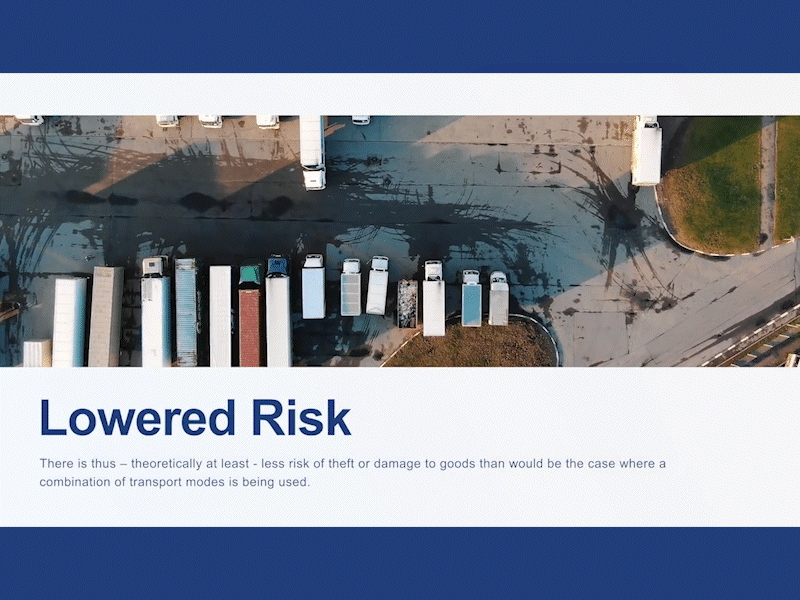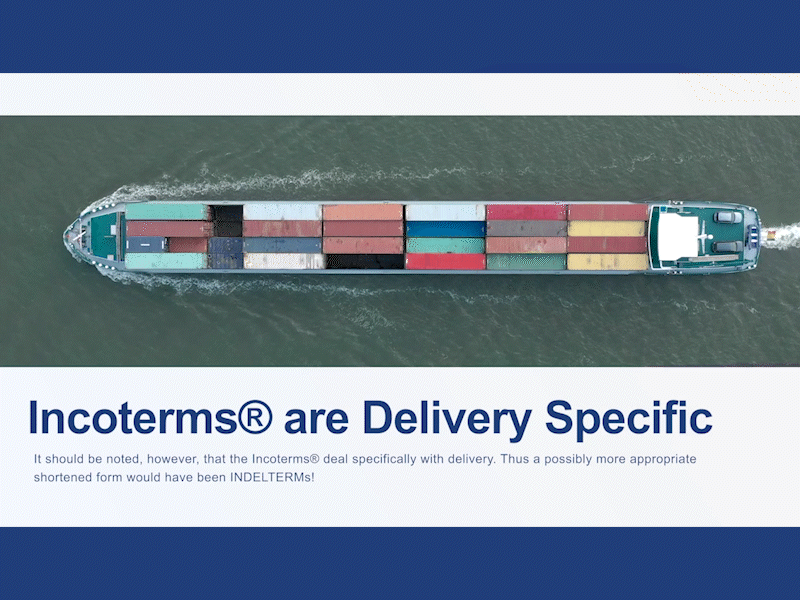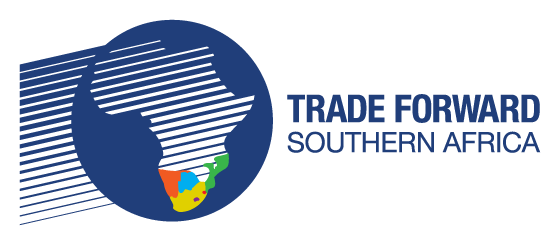Running any business will inevitably involve correctly managing the business’s finances and ensuring that you always have a sustainable amount of cash on hand. Without liquidity, your company will almost certainly end up bankrupt, i.e., in liquidation. While problems with cash flow can plague any business, the risk of experiencing cash flow issues amplifies when engaging in international trade. This could be because businesspeople venturing into exports for the first time often underestimate or overlook the severe impact international trade can have on their company’s resources. However, international marketing costs, particular payment methods, credit terms, and the risks inherent to international trade all present unique challenges when attempting to manage a business’s cash flow. In an attempt to avoid cash flow constraints, exporters often seek trade finance to manage cash flow. However, the ability to access trade finance or navigate different trade finance options is essential. This article explains CFC accounts as a means of trade finance.

Utilising a CFC Account as a means of Trade Finance
A Customer Foreign Currency or CFC account is a means of short-term trade finance and operates similarly to a bank overdraft. CFC accounts, however, are available in several foreign currencies such as U.S. Dollars, British Pounds, Euros, Japanese Yen and Swiss Francs. When utilising a CFC account for your trade finance needs, you can withdraw funds at any time to meet local capital requirements or pay for imported components. The interest rate for utilising a CFC account for your trade finance needs is charged as per the interest rate patterns in the home country of the currency concerned. Providers of CFC accounts apply the fee at the end of the month and base it on the amount of the CFC account limit you have utilised.
Settling a CFC Account in line with your Trade Finance needs
When settling your outstanding CFC account amount, it is essential to consider how varying foreign exchange rates can lead to foreign exchange risk. For example, suppose you receive payment from your foreign buyer in the same currency as the trade finance. In that case, you can use the compensation received to reduce the outstanding balance in your CFC account without incurring any foreign exchange risk. However, suppose you reduce or eliminate what you owe by requesting your bank to debit your company’s current account and credit your CFC account with the outstanding foreign currency amount. In that case, you will be vulnerable to possible currency exchange risk.

Access to trade finance is a prominent issue impacting the ability of African businesses to participate effectively in international trade. To solve this problem, the TFSA School of Export has developed an online E-learning module that provides information on resolving potential cash flow problems and navigating trade finance. Through the online TFSA School of Export, we will introduce you to the various trade finance products that could be available. Click the link below and sign up for the free online module to better understand how you can finance your export initiative.
To sign up to the School of Export CLICK HERE.
If you already have a profile, CLICK HERE to login to begin the module.










Leave a Reply